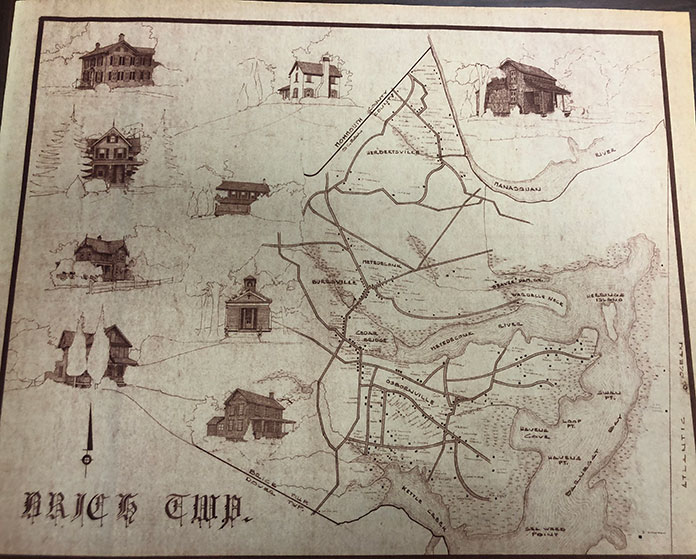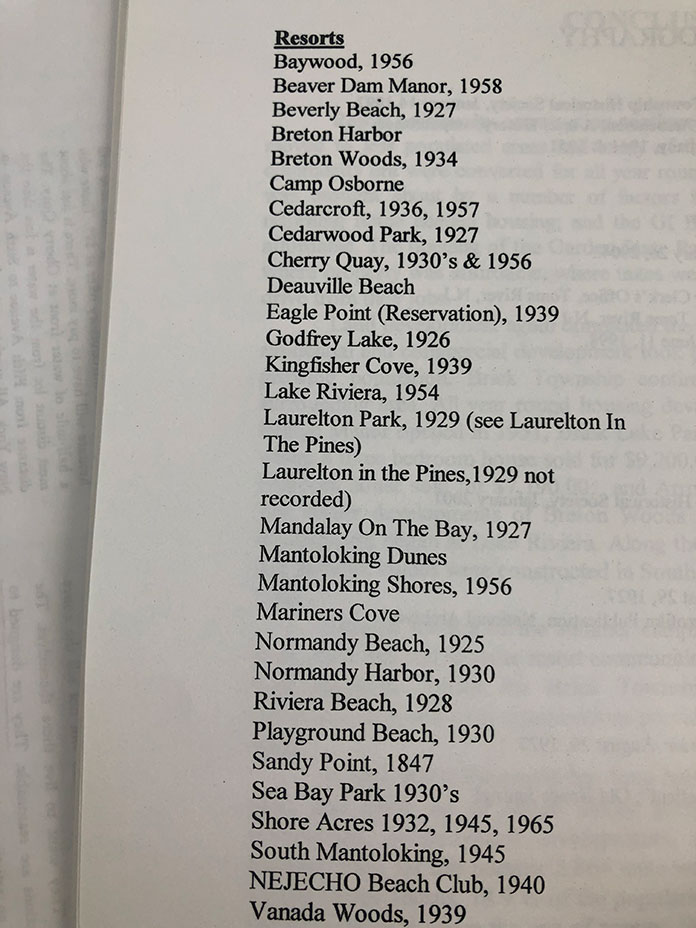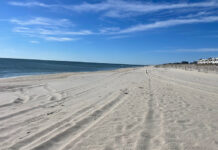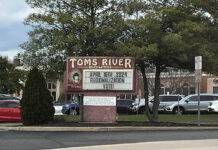
BRICK – The township is known for having more waterfront property than any other municipality in the state, but some of the 128.79 miles of waterfront was created when lagoons were carved from lowland marsh areas by developers who made their fortunes by creating resort communities.
In the 1920s, 1930s and 1940s, vacation communities were set up by developers who would buy a piece of land and build vacation homes in subdivisions that would include a cottage, a clubhouse, a beach and other amenities for the residents.
Brick was the ideal place for construction of resort communities because it had ample land, pristine forests, the Manasquan and Metedeconk Rivers, Barnegat Bay, Kettle Creek, and the Atlantic Ocean.
The Native Americans who were the first inhabitants of the area called their home “Mittig-Conox,” meaning “a place providing good, thrifty timber.” Later, the natives referred to the section as “Metecunk,” which later became “Metedeconk.”
The Metedeconk River was lined with creeks that were full of cranberry bogs. The locals fished and hunted along its shores, and summer camps began to spring up by the Boy Scouts of America, religious organizations, private associations, health organizations and civic groups.
In 1920, the population of Brick was 2,084. The national economy was good, and people were looking to spend money on vacation homes.
Summer cottages cost very little for the developer to build since the land was bought cheap from farmers who couldn’t grow anything in the lowlands and salt marshes.
The cottage communities had dirt roads and no sewer lines. Each cottage had its own septic tank and well, and some were just one step above camping out.
Developers made more money on their subdivisions by digging lagoons in the lowlands. The dredge spoils were used to create the land where the cottages were built.
The first plans to create a subdivision was in Normandy Beach, which were filed in 1929, followed by Mantoloking Shores and Curtis Point, making Brick Township a full-fledged resort.
The barrier island area of Brick Township was known as Squan Beach. When Brick Township was created in 1850, the area on the barrier island was divided between Brick Township and Dover Township (now Toms River).
Divided also in the process was the Village of Chadwick, the oldest settlement along the beachfront. In 1913 a major north-south road was constructed (Highway 35) that brought in the Normandy Beach Realty Company of Camden in 1916, which purchased land and mapped out the proposed development in Normandy Beach.
By 1921, Normandy Beach Realty Company had gone bankrupt, and Coast and Inland Development Company took over the area with new plans for development.
Development continued in Brick, even though the 1929 stock market crash and depression in 1932-33 for the people who had a standard of wealth that allowed them to afford second homes.

In 1932, Bert Ward came to Brick Township mainland to build a summer resort community. He purchased low-lying land at the end of Drum Point Road on the shores of Barnegat Bay and Kettle Creek.
Ward’s Vanard Corporation was busy, and built lagoons for what he called his “boat at door” community. With its network of lagoons, Ward advertised Shore Acres as the “Venice of the Jersey Shore.” In 1938 Ward sold eight cottages and 14 cabins and was well on his way.
World War II brought a slowdown in home construction due to a shortage of buyers and building materials. But once the war ended, a housing shortage developed when the newly returned soldiers married, started families and looked for a place to live. Brick Township became one of those areas that could fulfill the housing needs.
The waterfront homes on lagoons dredged in Baywood came about 20 years later, followed by Cherry Quay, which had a major growth period in the 1950s. Both sides of Cherry Quay Road were farms, and at the end of the road there were wetlands used for duck hunting. The whole area became known as Cherry Quay after a developer came in, subdivided the wetlands and created lots with bulkheaded boat slips.
The resorts were very selective as to who purchased and lived in their communities. Advertised as selective communities, sales agents required each prospective buyer to fill out an application to be reviewed by a board that would either accept or reject them.
A sales brochure for Cherry Quay said “there is no restriction as to how much money is spent on a cottage or cabin, but there is a restriction as to who spends it.”
Breton Woods, developed by Howard Van Ness after he purchased land in the early 1930s on the south side of the Metedeconk River, was advertised as a “Rustic Colony for Particular People.” A young sailor returning from World War II put a deposit on a house in Breton Woods, but a few days later he was informed that his application was rejected.
A friend who lived in Breton Woods told him he was not accepted because of his nationality. After informing the Veterans Administration of the situation, his application was finally accepted.
Van Ness also developed Breton Harbor, Mariners Harbor and Baywood Estates with Harris and Company of East Orange, NJ.
Homes in Kingfisher Cove, Metedeconk Pines, Eagle Point, Shore Acres, Cedar Grove, Silver Bay, Bay Shore, Breton Harbor and Vanada Wood ranged in cost from $6,000 to $18,000.
When the Garden State Parkway was completed in 1954, people from North Jersey and New York suddenly found it easy to travel to Ocean County for vacations, weekends, or just a day. Many bought summer homes in Brick. Tracts of land were subdivided and development homes sprang up seemingly overnight, creating a phenomenal population explosion between 1950-1960.
Waterfront development in the Midstreams area came later, and waterfront homes near Jordan Road were developed at a slower pace.
The Wetlands Act in the 1970s prohibited dredging lagoons since it disrupted all marine and bird life activity, and in the 1980s, bulkheading became prohibited unless a lot was already surrounded by bulkheading in an established community and would be grandfathered in.
Information for this story was obtained from the archives of The Ocean County Historical Society, “Brick Township Changing Scenes,” newspaper articles by Eleanor Angott, “Brick Township,” by Gene Donatiello and John Leavey, and an interview with retired Brick Zoning Officer Sean Kinneavy.






